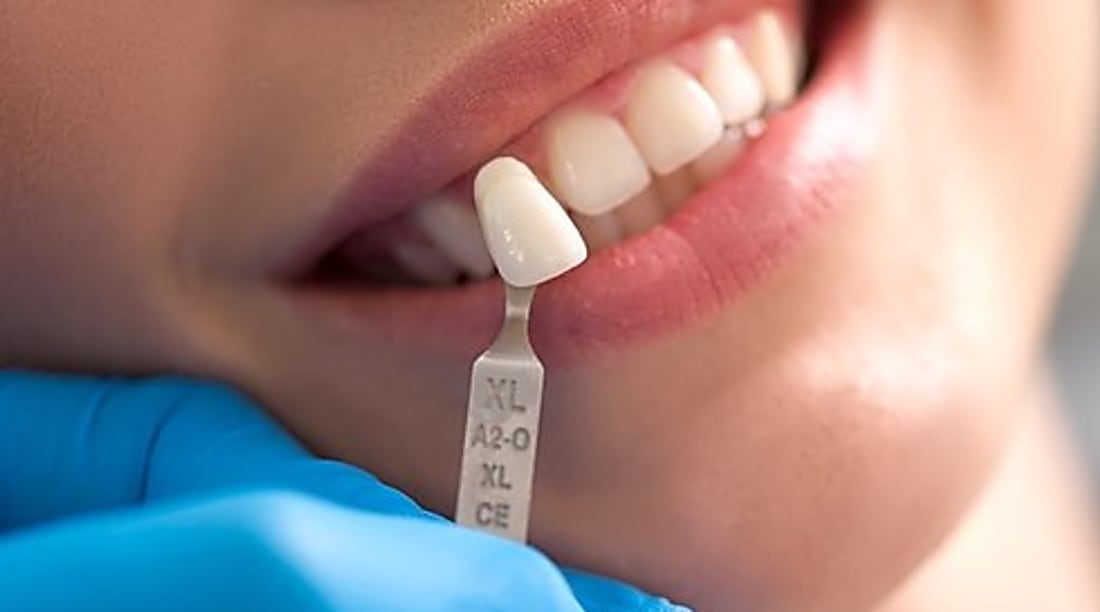Ultimate Dental Implant Guide: Permanent Tooth Replacement
Discover how dental implants deliver a durable, natural-feeling solution for missing teeth. This comprehensive guide covers titanium implants, abutments and crowns, the step-by-step surgical process, candidacy criteria, typical costs, aftercare tips and financing options to help you decide if implants are right for long-term tooth replacement.

Ultimate Dental Implant Guide: Permanent Tooth Replacement
What a dental implant is and how it works
A dental implant functions as an artificial tooth root, most often crafted from biocompatible titanium, that a dentist places into the jawbone to support a replacement tooth. A complete implant restoration typically involves three components: the implant post (the portion embedded in bone), an abutment (a connector piece), and a crown (the visible, tooth-shaped cap). After placement the implant bonds with the surrounding bone through osseointegration, a natural fusion process that usually takes several months. When osseointegration is complete, the abutment and crown are attached, resulting in a replacement that closely mimics a natural tooth in looks and function.
Benefits of choosing implants over other options
Dental implants provide many advantages compared with removable dentures and traditional bridges. They replicate the appearance and chewing performance of real teeth, helping restore a natural bite. Because implants are anchored in bone, they transfer chewing forces to the jaw and help prevent the bone shrinkage that commonly follows tooth loss. Unlike conventional bridges, implants don’t require adjacent teeth to be ground down, preserving more of your healthy tooth structure. Fixed implants are also more comfortable than removable appliances, eliminating slipping or the need for adhesives, and they typically improve speech clarity. With good oral hygiene and regular dental visits, many implants provide long-term service and can be a cost-effective solution over time.
Who is a good candidate?
Many adults are suitable candidates for implants, but eligibility depends on several factors. Candidates should have adequate bone volume and density to support the implant and healthy gum tissue. Smoking can impair healing and reduce the success rate, and certain systemic medical conditions or medications may affect integration. A patient’s commitment to daily oral care and ongoing dental follow-up is also important. If the jawbone is too thin or short, preparatory procedures such as bone grafting or sinus lifts can often build a stable foundation for implant placement.
The implant treatment pathway
Implant therapy usually occurs in multiple stages tailored to each patient:
- Initial consultation and planning: The dentist performs a clinical exam, obtains X-rays or a CT scan, and develops a treatment plan that accounts for your anatomy and goals.
- Implant surgery: Under local anesthesia (or sedation when appropriate), the titanium post is placed into the jawbone.
- Healing and osseointegration: The implant integrates with bone; this phase typically ranges from about 3 to 6 months depending on individual healing and the location of the implant.
- Abutment placement: Once the implant is stable, a small connector piece (the abutment) is attached to support the final crown.
- Crown fabrication and fitting: A dental laboratory creates a custom crown shaped and shaded to blend with neighboring teeth, which is then secured to the abutment.
Treatment timelines vary based on case complexity and whether additional procedures—such as extractions, bone grafting, or soft tissue corrections—are needed.
Typical cost ranges
| Service | Typical cost range (USD) |
|---|---|
| Single implant (post, abutment, crown) | $3,000 - $4,500 |
| All-on-4 (per arch) | $15,000 - $30,000 |
| Full mouth implants | $20,000 - $45,000 |
| Bone grafting (if required) | $200 - $3,000 |
Costs vary widely by location, the clinician’s experience, materials used, and the complexity of any preparatory work. Many dental practices offer payment plans, and some insurance policies may cover portions of the treatment in specific circumstances.
Cost disclaimer: Prices are estimates and will vary by provider and region. Speak with your dental office for an individualized quote.
Caring for implants to maximize longevity
Maintaining dental implants is similar to caring for natural teeth. Brush twice daily with a soft-bristled brush, floss at least once daily (your dentist may recommend special floss or interdental brushes for implants), and use antimicrobial rinses when advised. Keep regular dental check-ups and professional cleanings so your clinician can monitor tissue health and the restoration’s fit. Avoid tobacco and limit excessive alcohol to support healing and reduce complications. If you grind your teeth, a custom night guard can protect implant crowns from excessive forces. With consistent home care and professional oversight, implants can function reliably for many years.
Making the decision
Dental implants offer a predictable, long-lasting option for replacing missing teeth, improving function, appearance, and jaw health. They require an investment of time and money, along with a commitment to oral hygiene, but often deliver benefits that outweigh the initial cost for patients seeking a permanent solution. To determine whether implants are a good fit for your situation, arrange a consultation with a qualified dental professional who can evaluate your oral health, discuss alternatives, and create a personalized treatment plan.
This article is for informational purposes only and should not be considered medical advice. Please consult a qualified healthcare professional for personalized guidance and treatment.






